When summer arrives, most kids enjoy sunny, outdoor weather. Even so, kids still spend time indoors. And with kids out of school, parents may want to coordinate some much needed “down time.” If you’re looking for non-digital, quiet activities for kids, this article is for you! I break down 5 “quiet time categories,” as well as tips that I’ve learned over years.
If you’re like many parents, at first you’re thinking, “Summer is here! Yeah!” Then the daunting task of entertaining kids all day, packing (and unpacking) from camping trips, work projects that get slowed down, and refereeing sibling fights overwhelm you. You’ll change your thinking to, “Summer is here. No, no, no!!” With these ideas and strategies you’ll be back to thinking, “Yeah, summer!”
These activities will keep elementary school-aged kids quietly occupied so you can pay bills, make a work call, put a baby down for a nap, or whatever task you need to do in a calm home. Prepare now with a few simple tips and tricks to make this summer more enjoyable for everyone.
#1: Books
You all know that I love me some books. It goes without saying that a library card and a knowledgeable children’s librarian will go a long way!
If you want your kiddo to get reading minutes in this summer, try letting them read down a level. I know, I know, kids need to keep up their reading skills over the summer. Just hear me out. By allowing your kids to read for pleasure, it will be easier for them to get those reading minutes done. I’ve done this the last few summers and my kids’ teachers comment on the minimal backward slide that my boys demonstrated compared to other kids.
I’ve tried to list these books by reading level (easiest to most difficult). I referred to publisher recommendations and my own kid’s experience with the books. My 9-year old son is a solid reader and my 11-year old son is a reluctant reader (*gasp*). Most of the books I recommend for the 2nd+ grade readers were recommended by both my kids.
- Mighty Robot – This book has graphic novel elements, simple text, full color, short chapters… what more could an early reader want? (1st grade +)
- Branches Early Readers – Scholastic came out with a brilliant line of early reader chapter books, called Branches. There are still some pictures and the chapters are short so it’s an easier transition for kids. Scholastic has aggressively expanded it’s series offering. With 16 different series now, most kids will find a series that caters to their specific interests. You can find an overview on Scholastic’s website or purchase on Amazon. (2nd grade +)
- Graphic novels – Like the Lunch Lady and Squish. (2nd grade +)
- Picture Books – You might wonder why I don’t list picture books first. But, the words are more complicated because they’re written with a parent-reader in mind. But slightly more sophisticated readers love picture books. Don’t shy away from giving your kids picture books for reading minutes! I cannot stress this enough. They are full color and employ thoughtful themes. This year’s Newbery winner was a not a chapter book. It was a picture book (for only the second time in Newbery history). And let’s face it. Some picture books, like Jumanji, are a bit scary. (2nd grade +)
- 5-Minute Princess Stories – Princess stories are not our usual fare, but I didn’t want to forget our princess-loving readers. Our young friend, Jayda, highly recommends it! (2nd grade +)
- The Sasquatch Escape – This fantasy book was fun for both my kids to read. (3rd grade +)
- How to Train your Dragon series – There isn’t enough love about this series to contain it in this article. Enough said. (3rd grade +)
- My Father’s Dragon – There are actually three books in this series. It’s an oldie, but goodie that my kids still go back and re-read. (3rd grade +)
- Roahl Dahl: This author saved my son from believing that all books were terrible. You know how that every kid needs to find an author that they love to read? This was the one for my reluctant reader. Once he read these, he was willing to give other books a try. Here are his suggestions for getting started: The Twits, Esio Trot and James and the Giant Peach. (he actually had a super hard time narrowing it down!) (3rd grade +)
- Flora and Ulysses – This book is sweet and funny all rolled into one. Plus there is a squirrel! (4th grade +)
- Escape from Mr Lemoncello’s Library – This story has a large cast of characters solving clues so they can escape a…library. (4th grade +)
- The Sister’s Grimm – This book is based on the Brother’s Grimm with characters from their fables in the story. These two sisters go to live with their grandma, who keeps lots of secrets, of course! The girls have a ripping adventure and the story has a great twist at the end. (5th grade +)
Some kids claim to hate books. I think that’s because they haven’t found the right book for them, yet. My kids aren’t huge fans of early reader series “The Kingdom of Wrenly” or the Magic Tree House series, but other kids do. My kids would rather play sports than read books about other kids playing sports. Other kids find sports books like Crossover to be their favorites. If your child is a reluctant reader, encourage them to read the first 25% (or less depending on what you determine) of the books you get from the library. If they’re not hooked, give them permission to quit and try something else.
#2: Toys
Kids have a lot of toys and they often get bored with them. The key to making this work is to only let kids play with their “quiet activity” toys during the designated time. Beware that most of these toys are not for babies. These are great for while baby is sleeping, just make sure to clean up all the small pieces after quiet time. Any toy will work, but here are some ideas to help you get started:
- race cars: any small car (like matchbox) are inexpensive easy to store. Consider creating a DIY play mat with roads to add to the fun.
- building blocks: These are sturdy and perfect for open play. A basic set isn’t expensive and can last for generations!
- marble tower: These range in price and durability, so read reviews carefully. These are usually plastic, but the mac-daddy brand is wooden. We’ve had about four different sets and I like them for different reasons. I will say that my kids needed/wanted my help putting these together until they were at least in the 2nd grade. So be prepared to set this up in advance (and hope your kid doesn’t break it down prematurely) or give this to an older child.
- Crazy Aaron’s Silly Putty: This tactile toy is similar to the putty I had as a kid, but a thousand times better. We have several of these. Be warned, though, they will mash into carpet! This is a good toy for playing on wood, non porous tile, linoleum, or …you get the idea.
- Wood pattern blocks: These are another great toy for open play. If your kids like more structure, try this simple puzzle option. Either of these are great for pre-K through 1st graders.
- sensory bins: One of the coolest (literally) sensory bins is made from [frozen]water. I love this particular sensory bin because it’s free to make and can be prepped in three minutes. Three minutes! Did I mention this one is easy on the environment, too? Bonus! You basically put a cup in a largish plastic tupperware container, fill with water and put in the freezer overnight.
- Dolls and stuffed animals: Having all boys, I almost forgot about dolls! But when I was a kid, I played with these for HOURS at a time. I had Barbie, Strawberry Shortcake and My Pretty Ponies in a mash-up playground wonderland way before mash-ups were cool.
Consider doing a “toy trade” with other families in your area. If you have toys in good condition that your kids are bored with, consider swapping with other families. Voila, you have free new-to-your-kids toys and you’ve de-cluttered at the same time. For more toy ideas, check out Andrea’s article here.
#3: Activity Books
There are so many fun activity books out there. Here are a few you might like:
- Mazes are available for all age ranges. Have you ever heard of Roxie Munro’s maze books? Kids use their finger to trace their way through the mazes. There are also lots of hidden pictures to find. Parents like the educational elements in the stories, for example, learning how food goes from farmers’ gardens to our dinner table. Don’t miss Roxie’s “Slithery Snakes” which is often free on Kindle Unlimited.
- Hidden Picture books like this one.
- Mindware dot to dots are for kids who can seriously count. These are not for the faint of heart. My 9-year old has been rocking these for a couple of years now.
- Sticker books. Have you seen the Star Wars sticker book? My child LOVES it!
- Paint by Number – There are lots of these, but I liked this colorful frog.
- Melissa and Doug has a “paint with water” options for preschoolers or kindergartners.
- Felt coloring pages with markers are great for younger kids. I purchase the cheapest markers I can find for these because the felt destroys them. Sometimes you can find a pack at the dollar store.
- Workbooks. Okay, I hope your kids don’t write me hate mail, but sometimes academic things need to happen. I select workbooks from the previous school year so my kids will be repeating information they’ve already covered in school. I personally like Kumon and Brainquest.
- Coloring books from the dollar store were once a favorite, but now that the adult coloring books have come out, of course my kids want those.
Another reason I like activity books is because they are easy to store.
#4: Games for One
These can be a little tricky to find, but there are lots out there. I tend to purchase games that combine challenge and fun (or at lease what my kids think are fun). Here are games we’ve tried and love:
- Anti-Virus: In this game, kids move pieces to get the red “virus” piece off the board. This is one of my favorites, but it takes a little practice to learn what the pieces can/cannot do. So plan on doing this a couple of times with your kiddo before expecting them to play with it on their own.
- Puzzles: work for a range of kids and hit most every price point. There are simple puzzles for young children as well as more complicated puzzles for older kids. You can pick up thin puzzles from the dollar store or thick, durable puzzles like Ravensburger.
- Perplexus: Since hitting the market, Perplexus has created a line of mazes inside plastic balls. If you haven’t seen these before, check out their Rookie (for beginners).
- IQ Fit: A 3-D puzzle game that works for a range of ages. The manual comes with basic games that are simple enough for a patient 6 year old. They increase in difficulty to where a teenager would find it challenging.
- Gravity Maze: This single-player game combines visual perception and reasoning to challenge the child. Kids deal themselves a card that shows them where they need to get the marble to land; they work backwards from there. They can experiment to see what works best. One thing my kiddo does is make up his own challenges.
- Suspend Game: This balancing game works for 1-4 players. It has lots of smallish pieces, so be sure to get them all picked up when you’re done (especially the base pieces!).
#5: Art Supplies
For the relaxed parent…or the very responsible child, consider art supplies. Nothing is easier than an activity with just a pile of construction paper, glue and scissors. If your kid loves to be independently artistic, you can get them scissors with wavy edges or fancy paper (maybe your left over scrap paper?). It’s all about the presentation. If you put it in a pretty box, anything looks like a fantastic gift. We had an art easel set up on a rug with paints when my boys were little. I wrapped the paper around both sides so they could paint at the same time (less fighting).
Bonus Tips
Tried and true tips that will get your kids excited about their quiet activities:
- Present the activities as a “welcome to summer” box. Select what books/toy/activities you think your child would like best. Wrap up the items as a present! Accessories with summer printables like these from Tori52.
- I’ve found the key is to only let them play with these specific “quiet time” activities, during quiet time. Anticipation is everything. Boredom is bad.
- Separate children. Kids spend a lot of time together through the summer. Having a 20-minute break from each other will be a good thing. My kids love to fight and hate to be separated, but it makes for a joyful reunion.
- Set a timer. Even toddlers can entertain themselves in a pack-n-play for a few minutes each day. Older kids can entertain themselves for a longer period of time. For example, some parents do two, 20-minute time slots, or one 40-minute time slot. Try setting the timer for a shorter period and then adding a minute each day until your child can work up to your desired quiet time minutes. They’ll train themselves to play independently until they here the “ding” of the timer.
There are so many great non-digital ideas for quiet activities. The hardest part is taking the time to prepare in advance. Setting expectations the first week of summer helps set the tone until your kids are back in school. What activities have you tried that your kids loved for quiet time? Readers want to hear from other parents who have done this, too!
Disclosure: This post may contain affiliate links. This means, we may receive a small commission if you choose to purchase something from a link we post. Don’t worry, it won’t cost you anything. This small percentage just helps us keep the power on and the Diet Coke stocked. We appreciate your support!
For more ideas on keeping the kids busy AND quiet this summer (it can happen!) try some of these ideas:
3 Activity Books that will Save Summer
Top 10 Quiet Time Toys for Kids
Felt Quiet Book : HowDoesShe Quiet Book – Patterns now AVAILABLE!



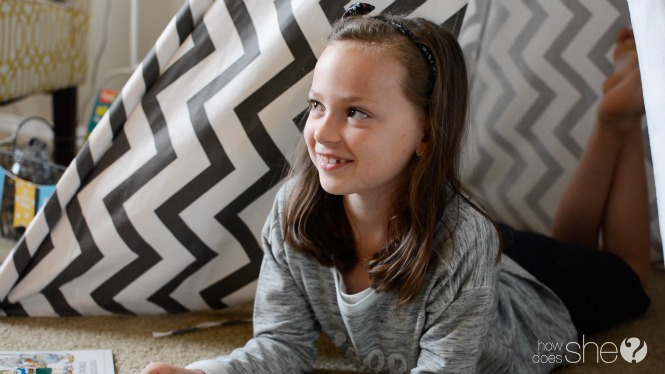
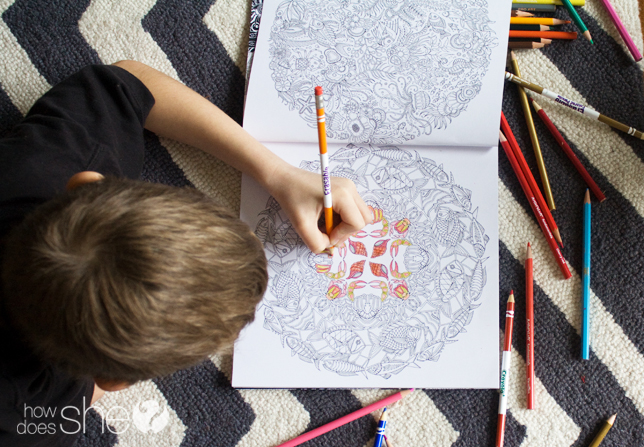

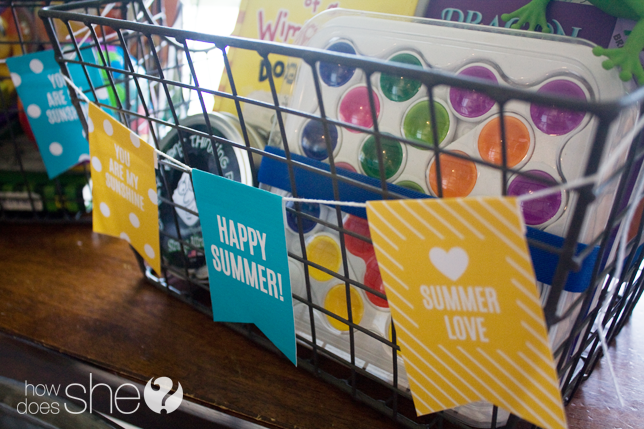


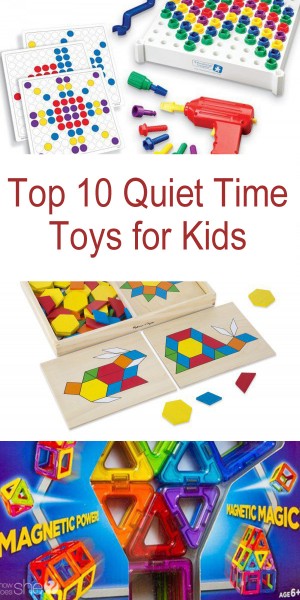
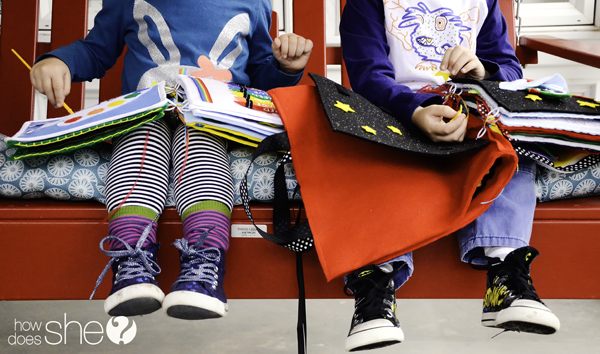
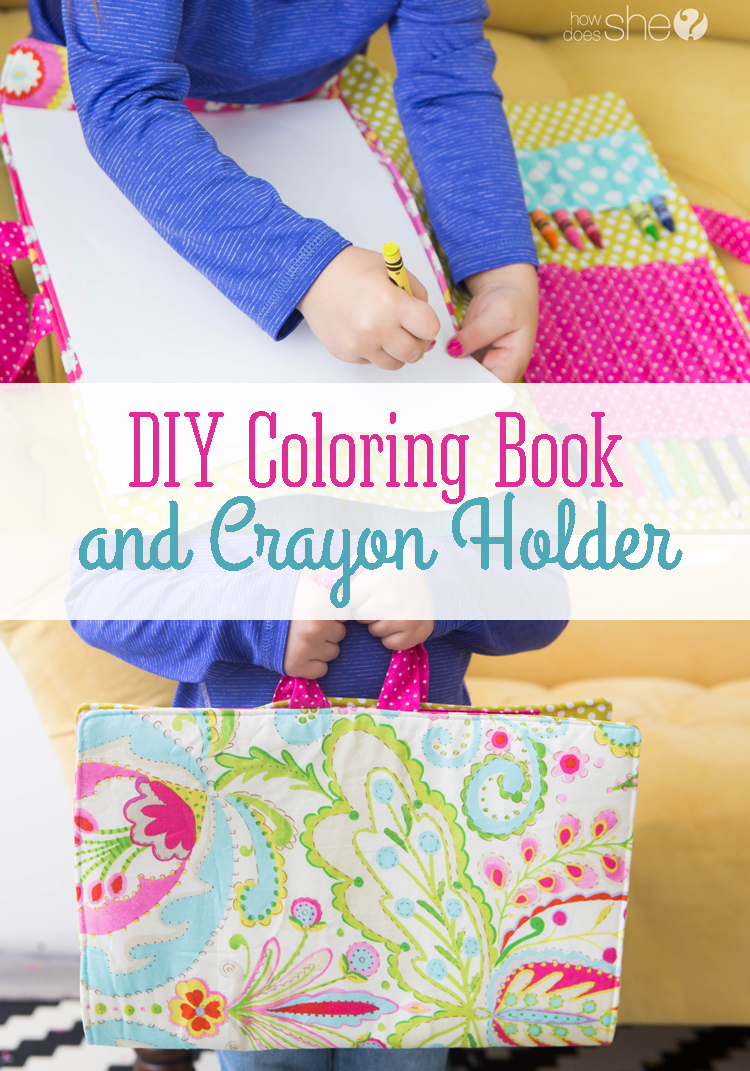

Leave a Reply